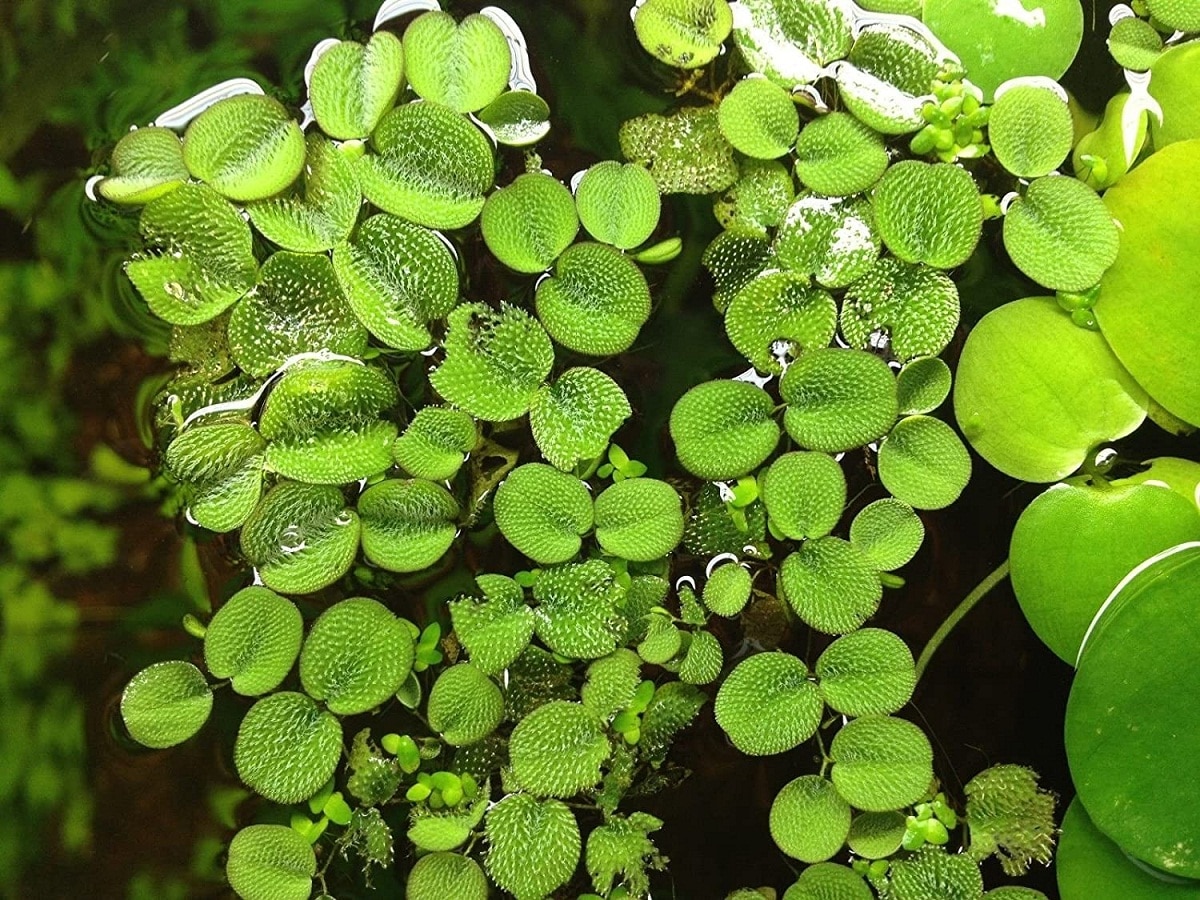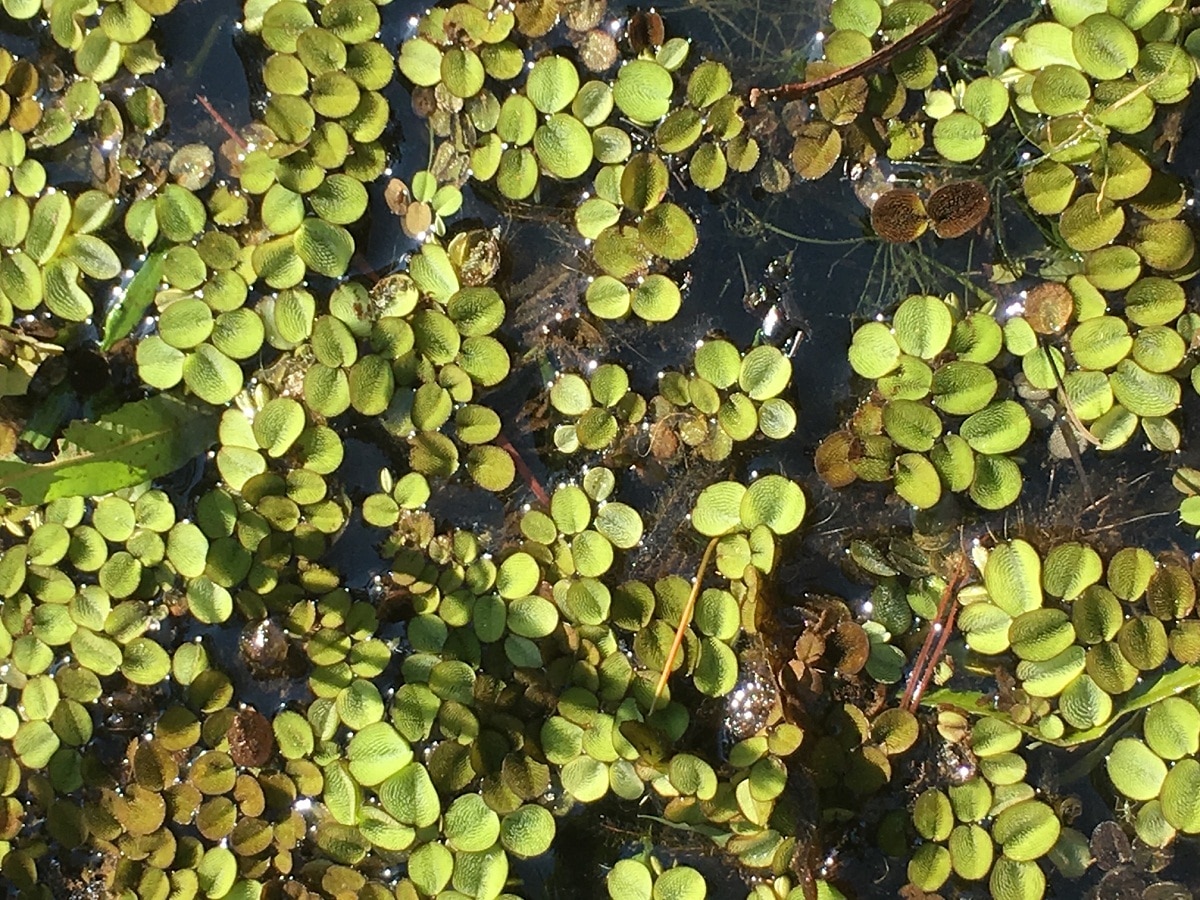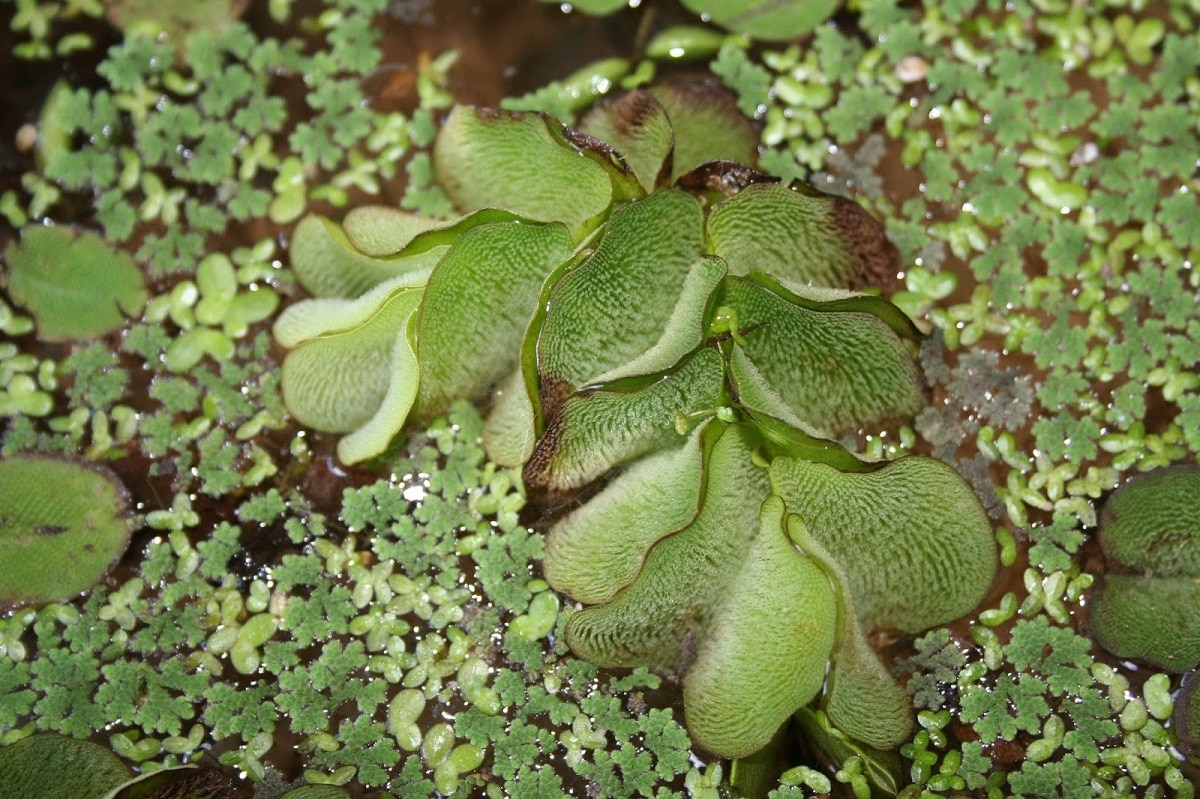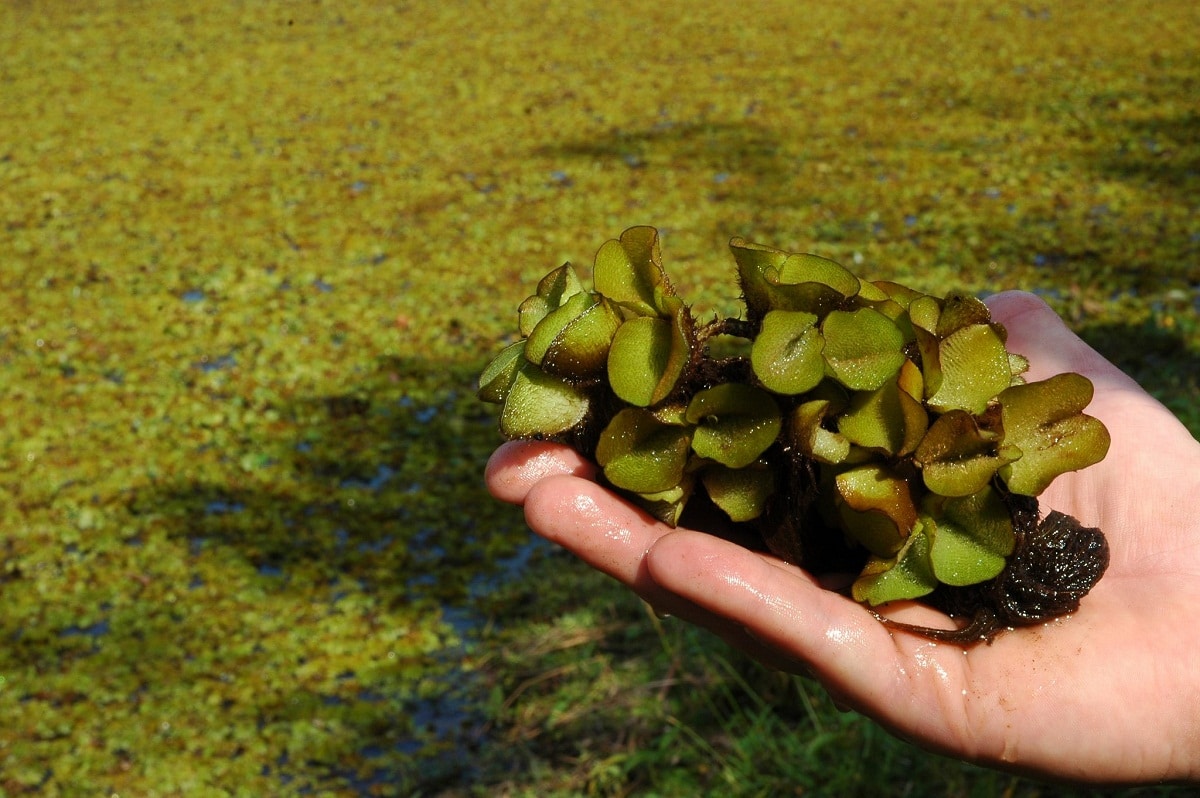
When talking about the salvinia We are not talking about a specific plant species, but about a genus, which is made up of multiple variations with similar characteristics.
Today you will know general data about the salvinia, as well as specific data on some of the best known species that exist today. Nor should we forget that these plants are not the typical species that need soil to grow.
General data of the salvinia
The floating water moss o salvinia, is a free-floating aquatic plant that is not prone to disease and decay. It is an annual plant that will float on water due to the amount of air in the plant tissue. This excess air makes the fern look fluffy in appearance.
This is an interesting and easy-to-grow option for a water garden and aids in water purification due to its filtering aspect of removing organic material of the water. Floating water moss can be a wonderful addition to a water garden or pond that has fish or other living creatures due to this purifying aspect.
There are many differences between the Salvinia species. The Salvinia annoyed or the Giant salvinia it can be an invasive weed that grows rampant in warmer parts of the world. It is used as free floating moss for aquariums and water features due to its decorative nature without invasive characteristics.
Most typical species
salvinia minima

La salvinia minima es one of the 12 recognized species of Salvinia. Native to Central and South America and the Antilles, it has been found in the wild in several states in North America.
Due to its invasive nature it has been banned in some of them, including Texas. It is related to Azolla, another genus of floating plants. The salvinia minima It is also known as water spangles, water moss, and various other names, but it is actually a floating fern.
Due to some characteristics that the plant possesses, tends to confuse a lot with Salvinia natans. One way to identify it is to get a magnifying glass and look at the hairs on the leaves. Typically, the hairs on the leaves of Salvinia they come together at the top in a kind of «egg beater».
Salvinia annoyed

La Salvinia annoyed is native to southeastern Brazil and northern Argentina. It grows all year round and has been found in North, Central and Southwest Florida where it is quickly eradicated when found. It grows rapidly and produces a dense floating canopy on the surface of ponds, lakes and rivers.
This annoying variation is a floating water fern that thrives in slow water, rich in nutrients, warm and sweet. It spreads aggressively by means of plant fragments. It can be cultivated by aquarium and pond owners and is sometimes released through flooding or intentional spillage.
There comes a point where Salvinia annoyed grows so much that can greatly reduce water flowas well as the amount of sunlight and oxygen that the water needs. Because of this, the dark and stagnant environment negatively affects biodiversity and the abundance of freshwater species, including submerged fish and aquatic plants.
Invasions of Salvinia annoyed can alter ecosystems of wetlands and cause the loss of their habitat. It prefers the tropical, subtropical or warm temperate zones of the world and grows best in calm or slow-moving bodies of water, such as ditches, ponds, lakes, lazy rivers, and canals.
In stagnant water it forms stable floating mats. Salvinia invasions too pose a serious threat to socio-economic activities that depend on bodies of open, flowing and / or high quality water.
Features
Appearance
Free floating fern which has rootless stems (although the third hanging leaf looks like the roots), hairy, about 10 cm long. It exhibits great variation in its shape and structure depending on habitat conditions, such as space and nutrient availability.
Leaves
It occurs three by three, although they can also appear two by two, but with the third leaf finely dissected and hanging, similar to the roots.
This is rounded and broadly elliptical, of two centimeters long, with cordate base, upper surface with 4 hairs attached at the tips (similar to an egg beater), shaggy underside.
Spores
In a nut-like spore (a multicellular structure), which crawls underneath.
Services
The benefits of Salvinia include nitrate reduction, making them a great nitrate aspirator that sucks it out of the water. What's more, provides shelter for fry, shade for a controlled section of your aquarium for any submerged plants or inhabitants who prefer slightly less light, and as a grazing source for shrimp.
However, this is not a great source of nutrition for aquatic creatures higher, compared to protein-rich duckweed, for example. In its natural habitat, however, it will outcompete the duckweed, proving to be dominant in most bodies of water.
Plantation

The floating water moss it is a small plant that only reaches less than 10 cm in height, but it can reach 40 cm wide with its extension. The plant loves humid areas, so it is perfected by assigning it to a water garden and only needs moderate maintenance to survive.
An area of sun or partial shade of the landscape it is perfect for this plant, and can withstand mild frosts, with temperatures down to -2ºC. It is a non-flowering plant, it only has foliage and adds a slight airy feeling to the water garden.
To plant the Salvinia, pour the young plants over the water, long after the date of the last frost in the area. These will spread quickly and create a moss barrier in the water.
This will give the garden some texture., a light and airy look with the moss, and a thin cover to the other living creatures of the water garden. The stem will grow producing more leaves and may have more than 20 floating leaves along it. At some point the stem will separate and grow into 2 plants.
You can speed this up by dividing the plants manually by dividing the stems. I would advise you to leave at least 4 leaves on each plant if you try this. The lighting should be medium and no CO2 is needed. Adding more intense lighting and CO2 can help growth.